

Write what you are looking for and press enter to begin your search!

Live News
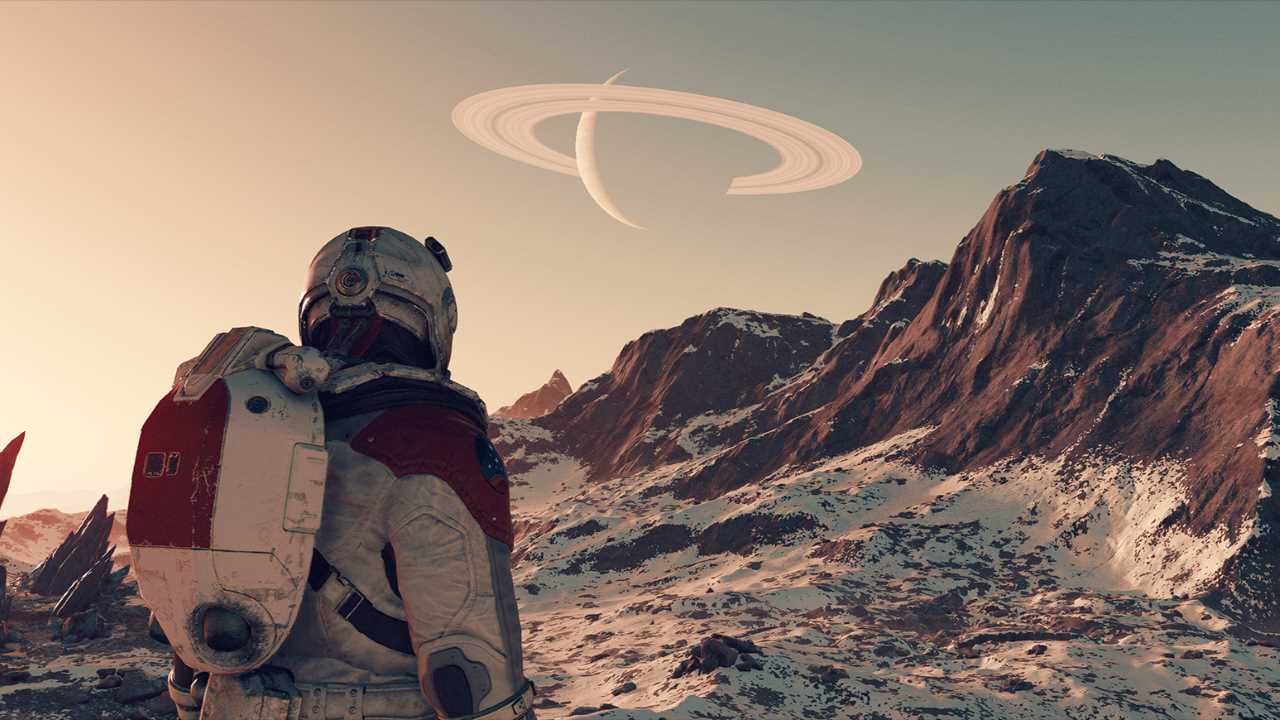

Starfield Is The Pinnacle Of Bethesda’s RPG Craftsmanship
 ">
">
By Lewis "lickety" Larcombe|September 1, 2023|8 Comments
Platform(s): PC (version reviewed), Xbox Series X | S
Genre: Open-world, action sci-fi RPG; as Todd Howard said “Think Skyrim in space”
In the boundless realm of gaming, a celestial revelation has dawned – Starfield, the latest brainchild of Bethesda, unfurls as a masterful fusion of RPG excellence drawn from their iconic The Elder Scrolls and Fallout series.
Charting a course 300 years into the future, Starfield immerses players in a cosmos where humanity’s exploratory spirit converges with Bethesda’s signature open-world RPG prowess. Players traverse uncharted terrain, where the stars are their waypoints and the unknown is their canvas, all while Bethesda’s narrative expertise ignites the universe. This review embarks on an odyssey through Starfield’s mechanics, narrative galaxies, immersive worlds, enigmatic characters, and the dawning of a new era – exploring how Bethesda’s legacy evolves in this celestial tapestry of a game.
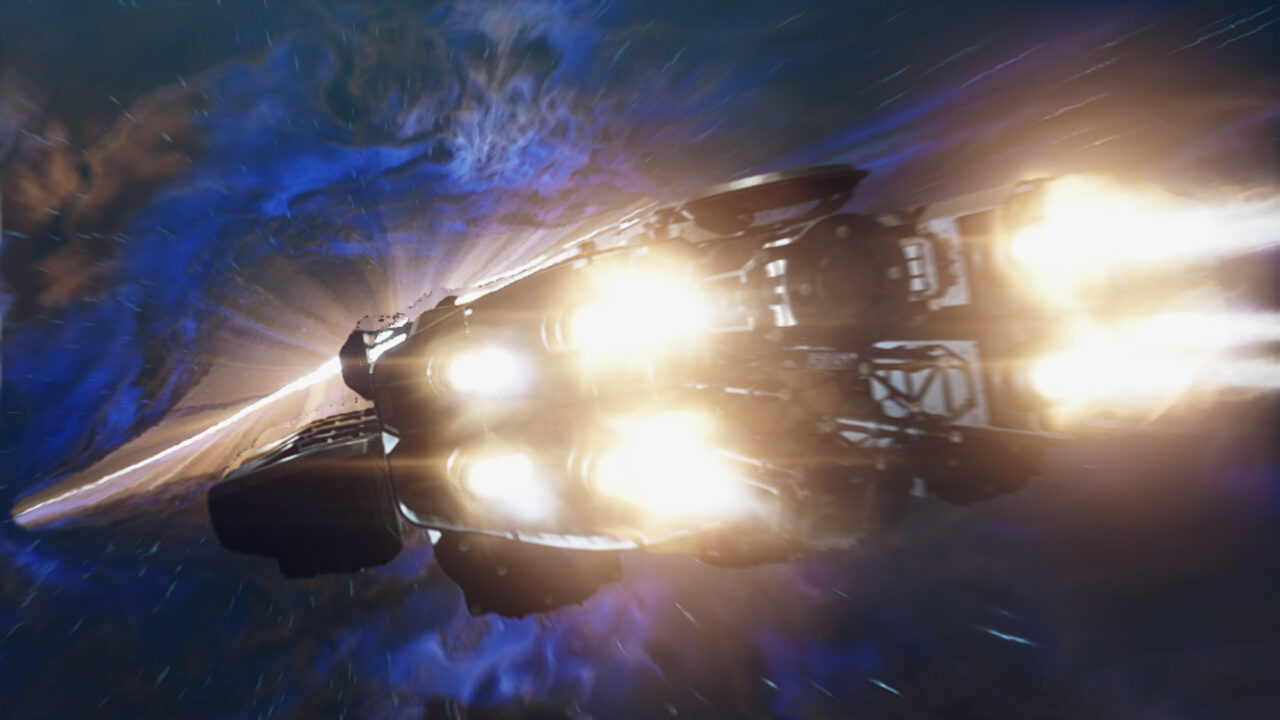
The prologue starts humbly, casting players as a miner for Argos Industries. A fateful encounter with a mysterious Artifact triggers a cosmic mystery, embodying Bethesda’s signature freedom through perks, skills and dragon shouts—I mean “Powers”.
Starfield deftly combines Skyrim-like traits with a captivating sci-fi backdrop. Exploration, player agency, and novelty blend within a familiar universe, letting players shape their identity amid promising discoveries.
As your mining duties unfold, an Artifact’s odd gravitational readings emerge, accompanied by an eerie symphony and floating debris. Mining this portal-like Artifact sends you across space, then back to the base, marking the start of a cosmic journey. Barrett, a Constellation representative, introduces a parallel narrative focused on enigmatic Artifacts.
The Artifacts possess unexpected interactions and fascinating Constellation members. The prologue, while immersive, leaves room for player-driven exploration—a Bethesda hallmark.
Starfield’s allure lies in its open freedom, mirroring Bethesda’s RPG legacy. Early access teases the potential of this narrative-rich cosmic journey. Bethesda’s mastery adapts seamlessly to a spacefaring saga, heralding a new frontier. The stars await; Starfield promises a vast, wondrous odyssey.
Comparing Starfield to Skyrim, a game beloved for its extensive playtime, highlights a notable evolution in mechanics. Starfield capitalises on tech and design advancements, yielding a richer, immersive experience.
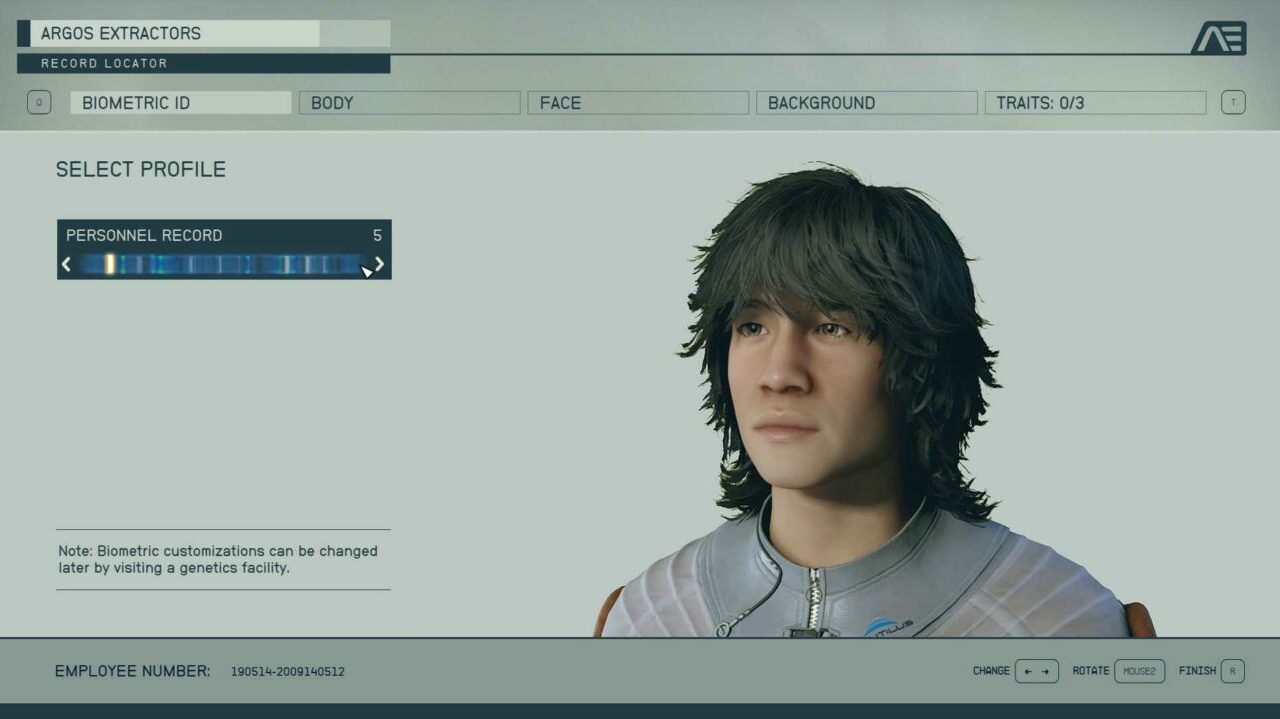
Starting with the Character Creation, it’s definitely a lot more in-depth than its predecessors but is nothing revolutionary in the landscape of gaming. One thing I do give the game props for is its inclusivity of those who identify as LGBTQ+. Especially with Starfield being a role-playing game after all.
A standout aspect of Starfield’s gameplay is its combat system, seamlessly blending first-person shooter mechanics with Bethesda’s RPG essence. To get an idea of how the gunplay feels, think Fallout 4 but if it were an actual FPS game. That’s honestly the best way I can describe it. The combat gains fluidity, engaging players in dynamic battles, be it close quarters or futuristic warfare against space pirates. This skill-based urgency intensifies the immersive thrill.
There’s also a vast arsenal to select from depending on your playstyle. There are three types of guns to select from, Ballistic, which are just normal bullet guns. Next are energy weapons, which are pretty self-explanatory, they shoot lasers and energy beams that are primarily used to get rid of shields and forcefields. Lastly, there are Electro-Magnetic or EM weapons which are extremely effective on mechanised foes like turrets and robots.
From there, you have your usual categories of guns such as snipers, pistols, rifles and shotguns. Which one you pick obviously contributes to your play style. You want to be stealthy? Then a sniper with a silencer may be your best bet. If you want to go in guns-blazing, then I highly recommend a shotgun as most enemies will be a one or two-shot kill. I opted for the latter as it was quicker.
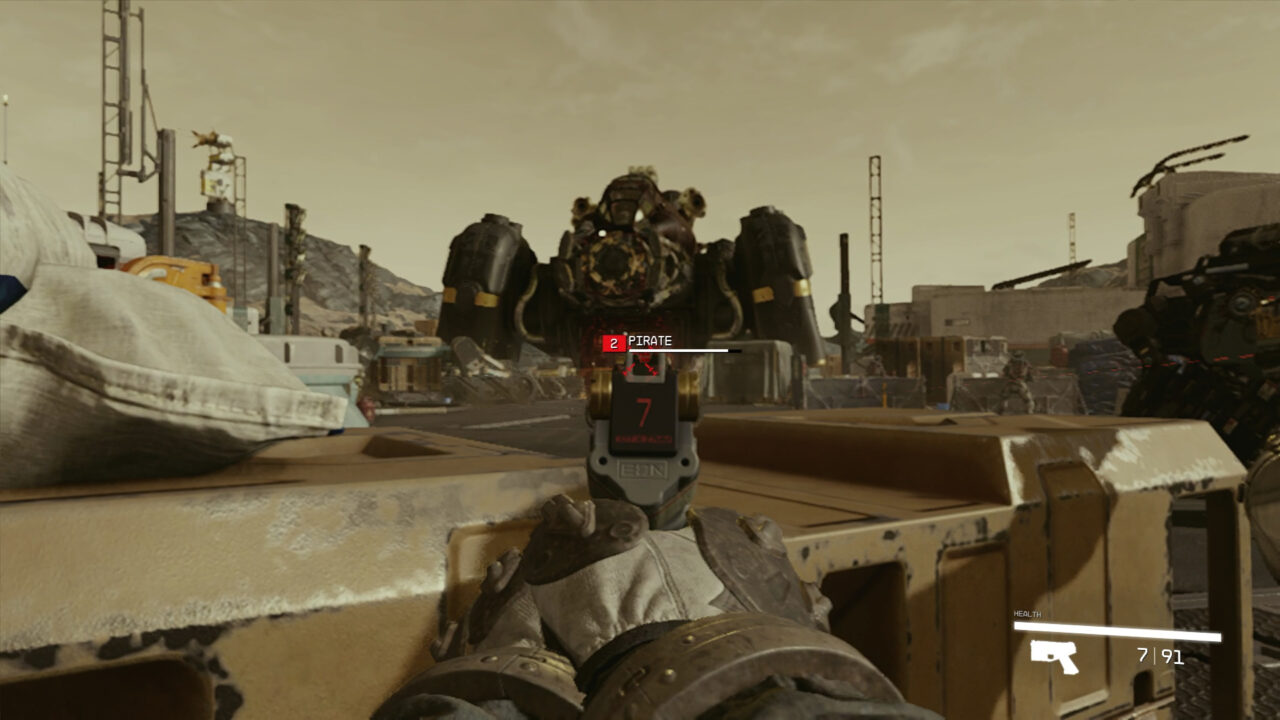
What truly distinguishes Starfield is its integration of space exploration and spaceship flight. Bethesda executes this concept adeptly, offering an intuitive flight experience catering to newcomers while providing depth for veterans. Ship combat, trading, and interstellar travel merge seamlessly, enhancing the core experience.
Innovatively, Starfield introduces “Powers,” sci-fi twists on Skyrim’s Dragon Shouts. Inspired by space phenomena, these Powers add strategic depth, encouraging varied approaches to encounters.
The crafting system, familiar to Bethesda fans, gains new depth in Starfield. Exploring diverse planets mandates resource collection for crafting, incentivising exploration and heightening player engagement through intertwined gameplay loops. This feature obviously plays into what we know as the Settlement-building feature in Fallout 4, aptly renamed Outposts in Starfield. The way you interact with Outposts doesn’t really differ too much from how you used to with Settlements in Fallout 4 provided all the Fallout stuff is substituted with Starfield.

The universe of Starfield is nothing short of a masterclass in world-building, showcasing Bethesda’s dedication to crafting immersive environments. Set against the backdrop of space exploration, Starfield’s game world is a meticulously designed tapestry of celestial wonders. The attention to detail is apparent, from the sprawling landscapes of diverse planets to the intricate alien flora and fauna that populate them.
The central theme of exploration is deeply ingrained in the gameplay. As you team up with the spacefaring organisation Constellation, your missions frequently revolve around uncovering Artifacts scattered throughout the galaxy. Each planet you visit presents its own unique terrain, climate, and ecological systems. The variation in environments is striking, ranging from barren, desolate wastelands to lush and vibrant ecosystems.
What sets Starfield apart is the crafting system, a hallmark of Bethesda’s RPGs. Crafting enthusiasts will find themselves compelled to venture to various planets in search of materials and minerals required for crafting. This not only adds an additional layer of depth to the gameplay but also incentivises exploration and engagement with the game’s universe.
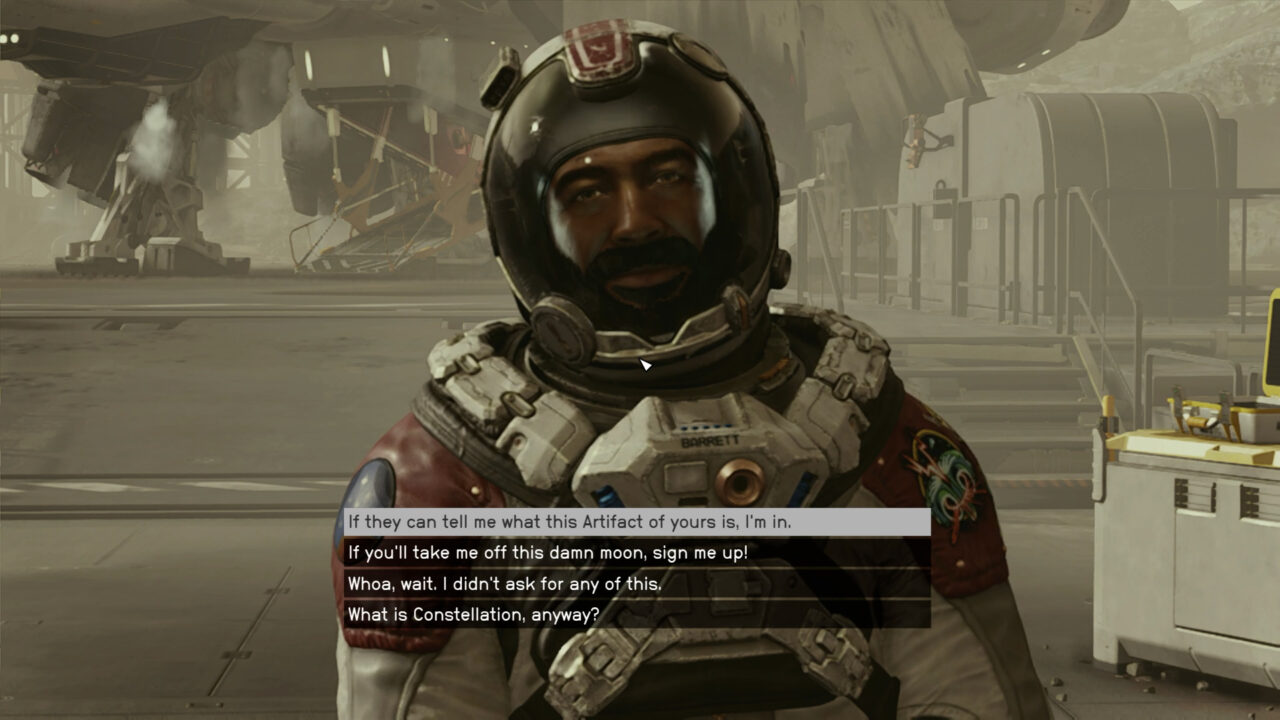
In Starfield, Bethesda excels in crafting immersive NPCs and compelling quests. Characters encountered during your spacefaring journey are as detailed as those in Fallout 4, contributing distinct personalities to the narrative. One thing to note is that not every NPC is named due to the game’s vast scope. While it did not diminish immersion for me, I am afraid that it might do for others.
The dialogue system, akin to Fallout, enhances conversational depth, differing from Skyrim’s approach. This subtle change enriches role-playing and immersive storytelling, fostering nuanced exchanges between characters.
Starfield’s hallmark sidequests, though not revolutionary, evolve into captivating storylines. This reflects Bethesda’s commitment to an immersive world with narratives as engaging as the main plot. Side content competes favourably with the main storyline, showcasing Bethesda’s skill in integrating both.
Starfield’s writing and character development uphold Bethesda’s standards, even with the high bar they’ve set. While minor imperfections exist, the overall quality shines. Players can anticipate rich storytelling, character dynamics, and engaging quests, showcasing Bethesda’s RPG expertise.
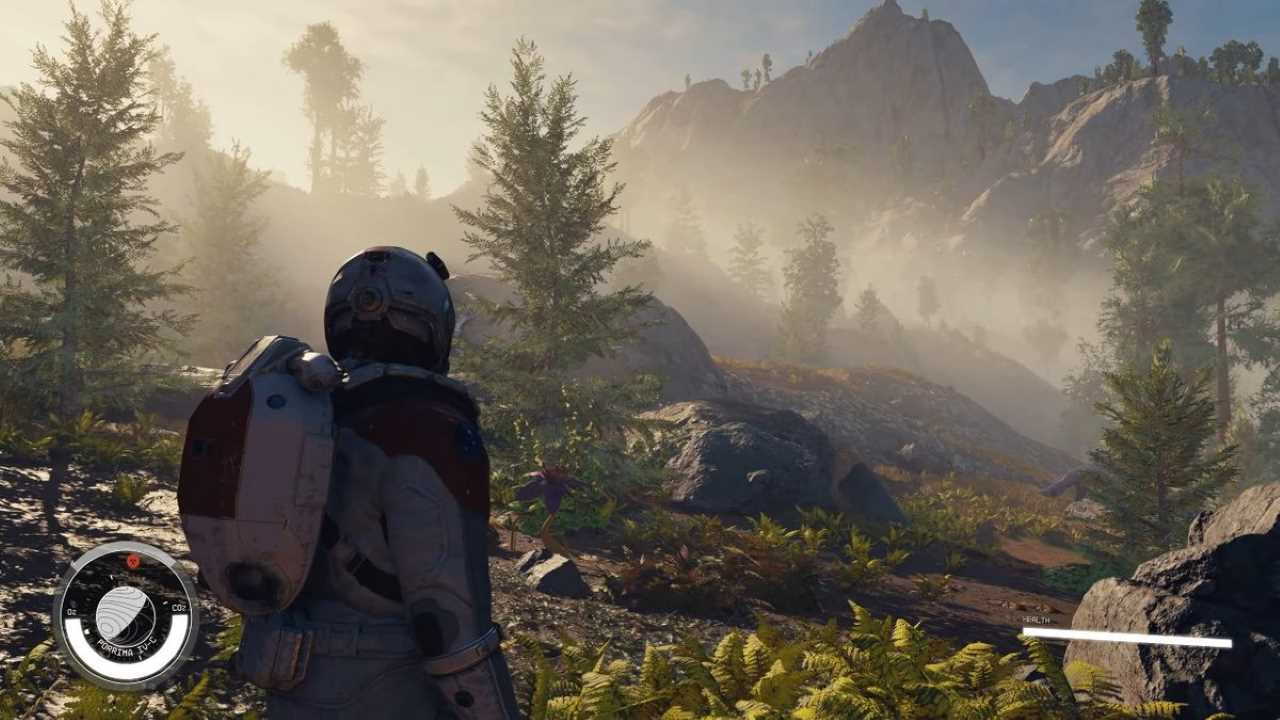
The visual and auditory aspects of Starfield are undeniably among the game’s standout features. While not pushing the boundaries of hyper-realism, Bethesda’s graphical design successfully captures the essence of space exploration and futuristic worlds while ensuring broad accessibility.
Visually, Starfield offers a rich and immersive experience that feels like a natural evolution from Bethesda’s previous titles. The game’s art style plays a significant role in creating a sense of awe and wonder as you navigate through the cosmos. Planets, space stations, and celestial bodies are meticulously designed, each boasting unique characteristics and environments. Whether you’re traversing the barren landscapes of a desolate planet or gazing upon the gleaming architecture of an advanced civilisation, the attention to detail is evident. This attention extends to both larger landscapes and smaller details, such as the way sunlight filters through a planet’s atmosphere or the intricate design of spacesuits and spacecraft.
The auditory experience in Starfield is nothing short of exceptional. The sound design immerses players in the cosmic journey, enhancing the overall atmosphere. The symphonic score, by Inon Zur of Dragon Age and Fallout 4 fame, captures space’s grandeur. Zur’s “atmospheric orchestra” style enhances emotions and events.

Each planet has a distinct soundscape, emphasising universe diversity. Sound design complements visuals, resonating with players on their cosmic journey. The sense of awe is heightened by a powerful symphonic score that captures the grandeur of space travel and discovery. The music ebbs and flows in response to your actions and surroundings, effectively enhancing emotional moments and punctuating key events.
When combined, Starfield’s visuals and audio create a captivating sensory adventure, making the futuristic universe accessible and immersive. This meticulous approach enhances every moment, inviting players to explore a world of boundless potential among the stars.

In my experience with Starfield, tested on my Lenovo Legion 5i gaming laptop with a 12th Gen Intel i5 processor and Nvidia RTX 3060, the game struck a balance between visuals and performance. Playing on Ultra settings maintained a steady 30 FPS, delivering an appealing experience without straining my hardware. While I initially played for immersion, lower frame rates at Ultra settings felt more like a space exploration game than a fully immersive world. Adjusting settings improved immersion by maintaining a consistent frame rate.
Using a Solid State Drive (SSD) is strongly recommended for optimal performance. I encountered stuttering and crashes when running Starfield on a Hard Disk Drive (HDD). Whether or not Bethesda considered HDD gaming, the game’s ambitious scope favours SSDs.
Starfield exhibited impressive bug-free gameplay during my playthrough. No game-breaking bugs or crashes occurred, contributing to an uninterrupted experience. While console release might introduce variables, the PC version’s stability is promising. Anticipation for the console version remains cautious but optimistic, given the current stability observed.
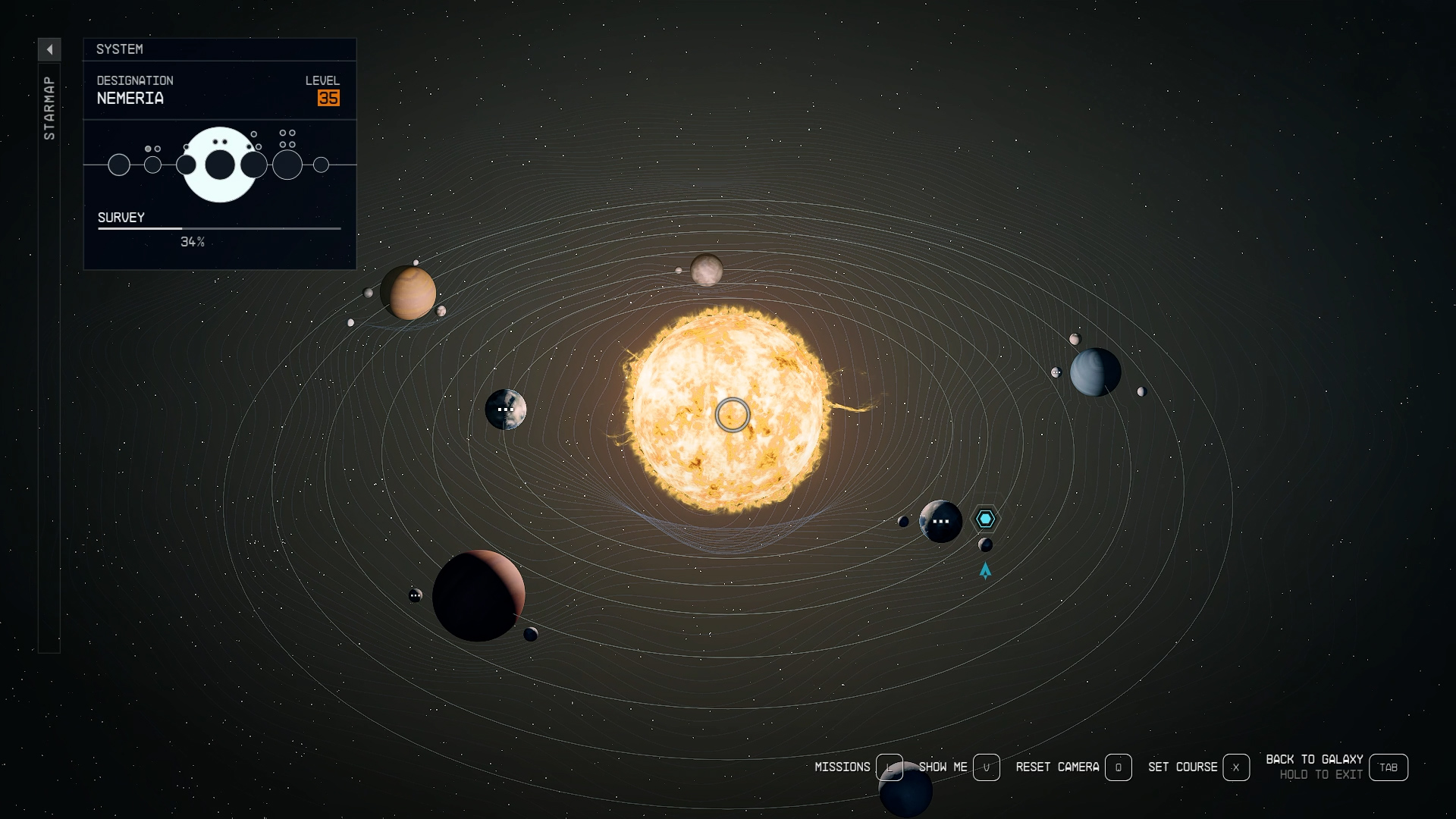
Starfield sets itself apart in the realm of sci-fi games by offering a narratively rich experience that marries space exploration with a compelling overarching story. While many space-themed titles emphasize the thrill of discovery, Bethesda takes a distinctive approach by leveraging exploration as a conduit for a broader narrative. This creates a game that not only entices players with the allure of the cosmos but also immerses them in intricate character dynamics, conflicts, and enigmas that extend beyond the stars. Amidst the wonder of exploring alien worlds, Starfield masterfully intertwines deep lore and intricate relationships, showcasing Bethesda’s prowess in constructing immersive universes.
Perhaps the most alluring facet of Starfield is its role as the genesis of a fresh Bethesda universe. Renowned for its ability to craft immersive worlds, the studio has outdone itself in Starfield’s universe, building a foundation that promises endless exploration and discovery. The game’s meticulous attention to detail spans breathtaking planetary landscapes to the subtle nuances of space stations. This commitment to creating a cohesive and captivating universe is a defining strength of Starfield, poised to join the ranks of gaming’s iconic landscapes.
As with previous Bethesda titles, Starfield’s modding potential fuels its longevity. The game’s new intellectual property offers an exciting canvas for modders to inject their creativity, introducing novel quests, characters, mechanics, and even entire celestial bodies. The assurance of robust modding support ensures that the Starfield experience can be extended well beyond its initial release, enriching gameplay through user-generated content.
Just as Skyrim and Fallout 4 have thrived for years due to their modding communities, Starfield’s promise of enduring player engagement suggests a trajectory of lasting significance in the gaming landscape.
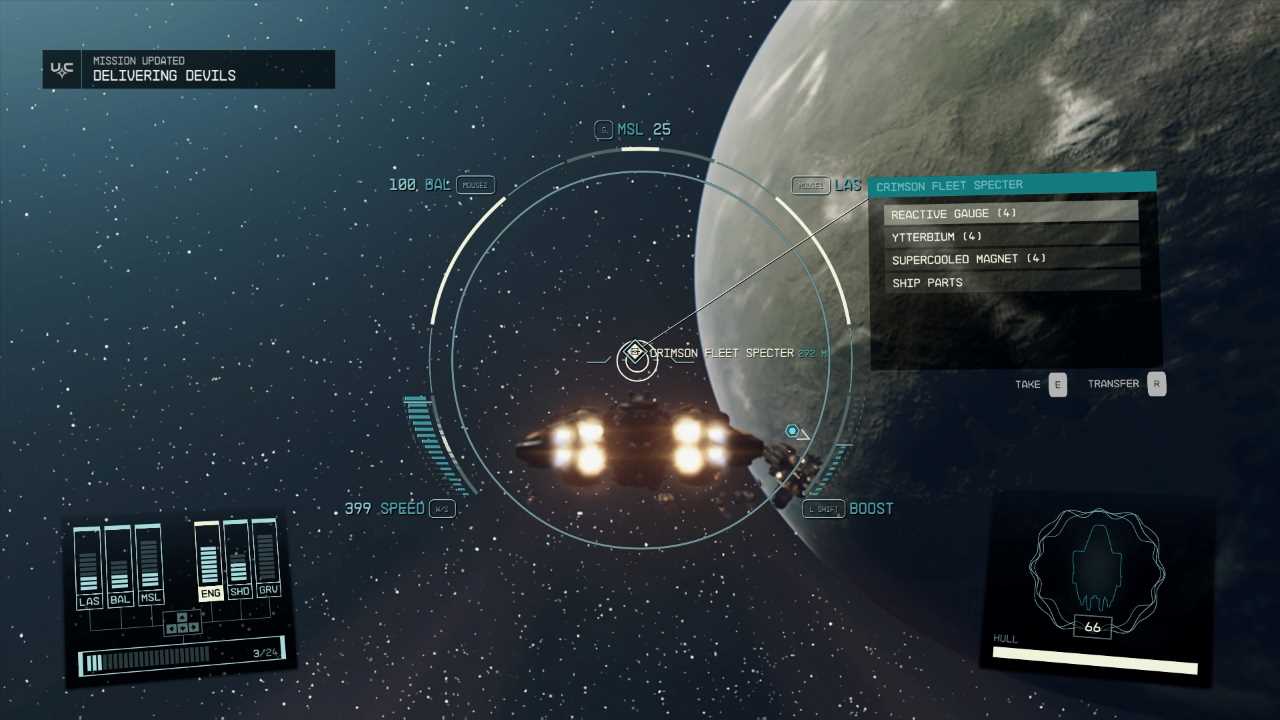
In conclusion, Starfield is a remarkable fusion of Bethesda’s RPG expertise and a captivating sci-fi backdrop. The game’s prologue effectively establishes the cosmic mystery and player agency that are hallmarks of Bethesda’s titles. As players journey through a universe teeming with possibilities, the narrative layers unfold, offering a parallel narrative that adds depth to the experience.
The mechanics of the game, from its evolved combat system to spaceship flight and space exploration, provide a dynamic and engaging gameplay experience. The inclusion of “Powers” and a crafting system tied to planet exploration adds depth and variety. The visual and auditory elements, while not pushing hyper-realism, create a captivating sensory symphony that immerses players in the game’s universe.
Immersive characters, expansive storytelling, and a focus on world-building are evident throughout the game. The attention to detail in crafting NPCs and side quests, combined with Bethesda’s expertise in dialogue systems, showcases the studio’s mastery of storytelling. The universe is a meticulously designed tapestry of wonder, rich in detail and offering a diverse range of environments to explore.
Starfield’s performance on various hardware is commendable, and the game’s relatively bug-free experience contributes to its enjoyment. The game’s narrative depth goes beyond mere exploration, offering a rich and captivating story that weaves together characters, conflicts, and mysteries.
Ultimately, Starfield not only marks the beginning of a new Bethesda universe but also stands as a testament to the studio’s ability to adapt its RPG mastery to a spacefaring epic. As players traverse the cosmos and uncover the mysteries it holds, Starfield promises to provide countless hours of immersive gameplay, solidifying its place among Bethesda’s iconic RPG titles. It truly delivers and then some.
Review copy provided by the Bethesda.
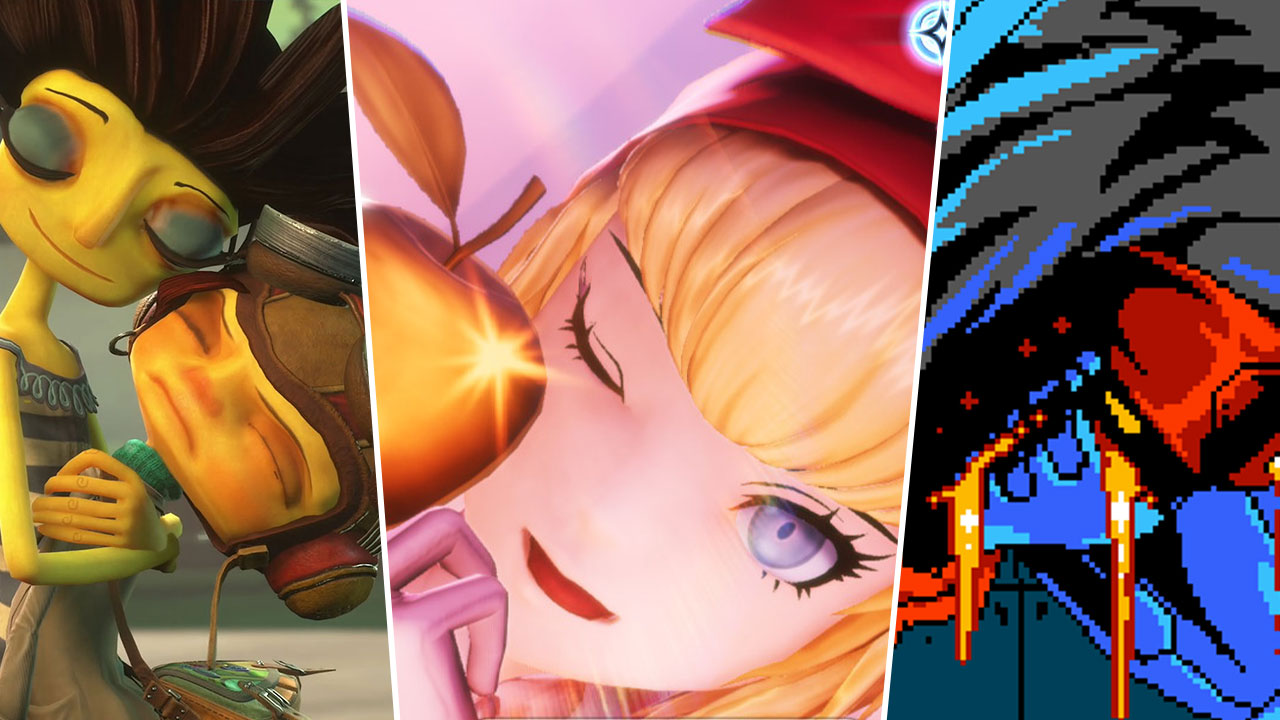
By Team KKP|January 19, 2022
2021 kinda sucked thanks to COVID-19 and a bunch of other world events and government-related nonsense. But what didn't suck were the games and their ...

By Alisha Alix|October 29, 2024
Platform(s): PCGenre: Cozy, Cooking, Adventure, Simulation, Open World There’s nothing quite like a warm meal after a long day, especially when ...
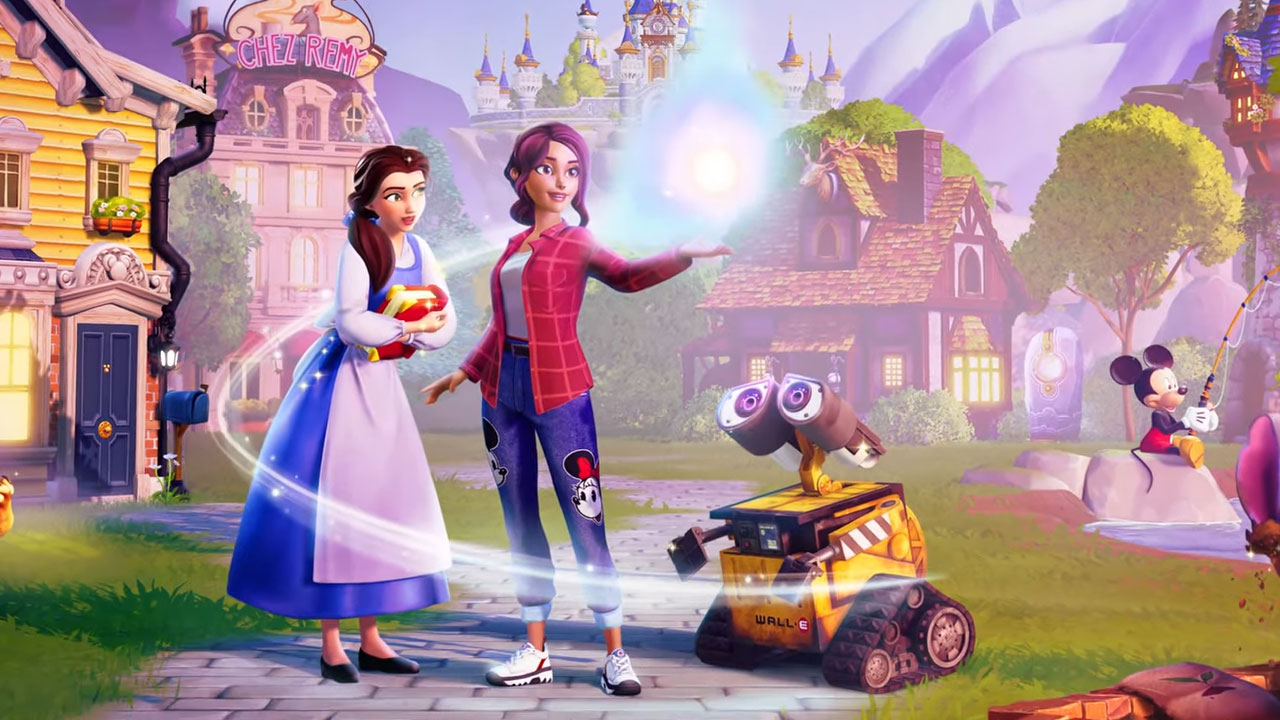
By Mr Toffee|April 28, 2022
Update: added new GIFs of the game's many areas. Life sim games are always going to draw a huge crowd be it a Stardew Valley, Animal Crossing, or e...

By Mr Toffee|November 20, 2024

By Team KKP|October 29, 2024

By Kenn Leandre|October 25, 2024

By Mr Toffee|October 24, 2024

By Team KKP|October 21, 2024

By Lewis "lickety" Larcombe|September 18, 2024

By Alisha Alix|August 20, 2024

By Alleef Ashaari|July 17, 2024

By Team KKP|July 1, 2023

By Alleef Ashaari|August 2, 2021
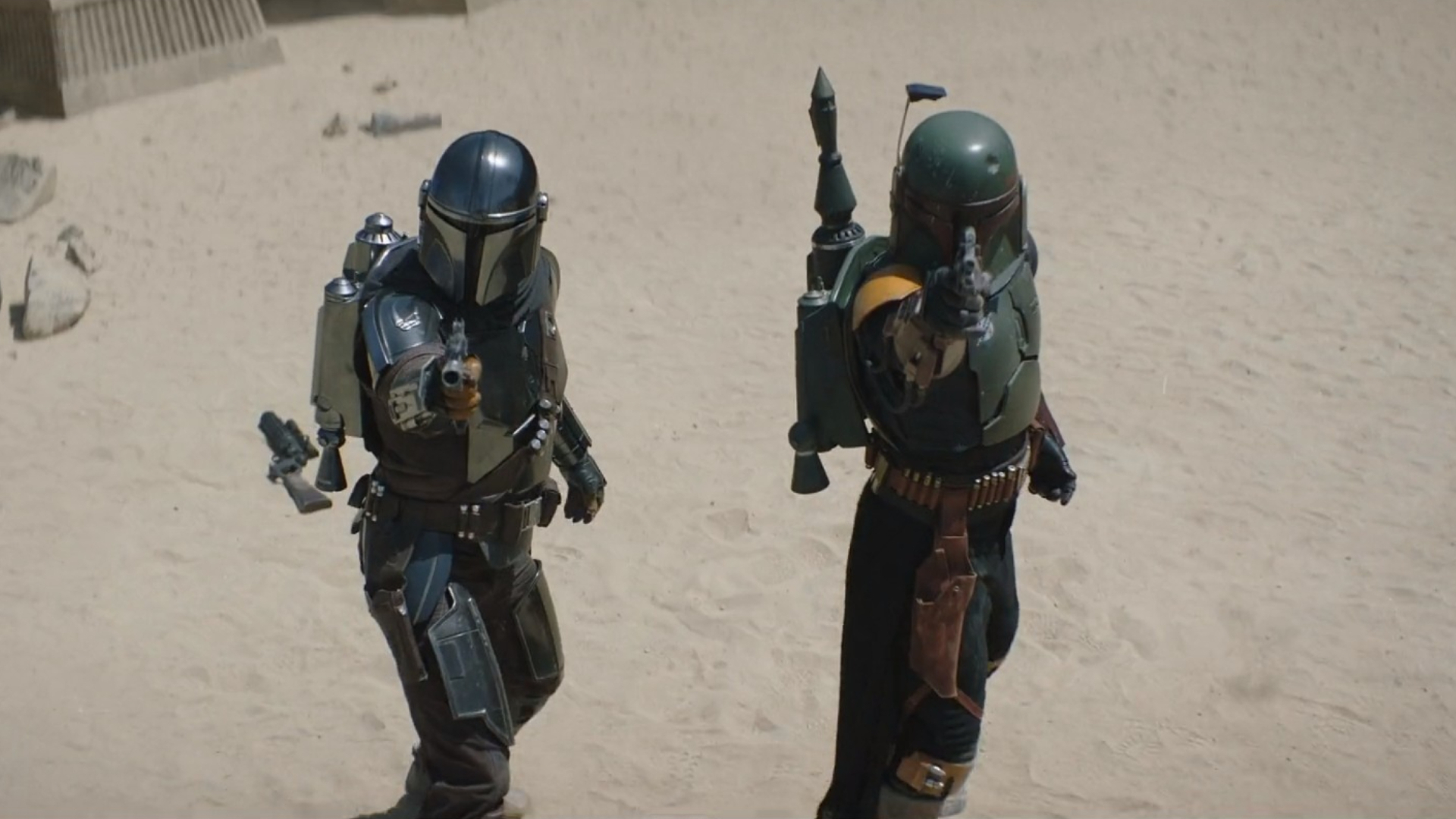
By Alleef Ashaari|February 9, 2022

By Mr Toffee|November 20, 2024

By Team KKP|October 29, 2024

By Kenn Leandre|October 25, 2024

By Mr Toffee|October 24, 2024

By Team KKP|October 21, 2024

By Lewis "lickety" Larcombe|September 18, 2024

By Alisha Alix|August 20, 2024

By Alleef Ashaari|July 17, 2024

By Mr Toffee|November 20, 2024

By Team KKP|October 29, 2024

By Kenn Leandre|October 25, 2024

By Mr Toffee|October 24, 2024

By Team KKP|October 21, 2024

By Lewis "lickety" Larcombe|September 18, 2024

By Alisha Alix|August 20, 2024

By Alleef Ashaari|July 17, 2024

By Team KKP|July 1, 2023
Copyright @ Kakuchopurei 2024
Starfield: Best Starting Crew | Kakuchopurei
September 1, 2023 at 3:00 am
[…] Check out our review of Starfield here! […]
Starfield: How To Change FOV | Kakuchopurei
September 1, 2023 at 4:07 pm
[…] Check out our review of Starfield here! […]
Starfield: Official & Efficient Ways To Earn Credits | Kakuchopurei
September 1, 2023 at 8:00 pm
[…] Check out our review of Starfield here! […]
Starfield MANTIS Quest: How To Score A Free Class A Ship | Kakuchopurei
September 4, 2023 at 4:56 am
[…] Check out our review of Starfield if you still need convincing to get one of this year’s fines… […]
Starfield: Best Traits To Start Off With | Kakuchopurei
September 4, 2023 at 5:18 pm
[…] And there you have it, our picks for the coolest traits in Starfield. Be sure to check out the rest of our guides such as the most efficient way to earn credits and our review! […]
Starfield Has The Biggest Xbox Game Launch Since Forever | Kakuchopurei
September 8, 2023 at 5:27 pm
[…] the record, our review of the game is up for all to see; we loved the fact that it’s peak Bethesda. Our score is also on the game’s accolade poster; yay […]
[Rumour] Microsoft Plans To Release Starfield On PS5
February 5, 2024 at 5:55 am
[…] In the meantime, check out our review of Starfield by heading over here. […]
Company Head Phil Spencer Will Reveal The Future Of Xbox Next Week [Update]
February 6, 2024 at 7:56 am
[…] In the meantime, check out our review of Starfield by heading over here. […]